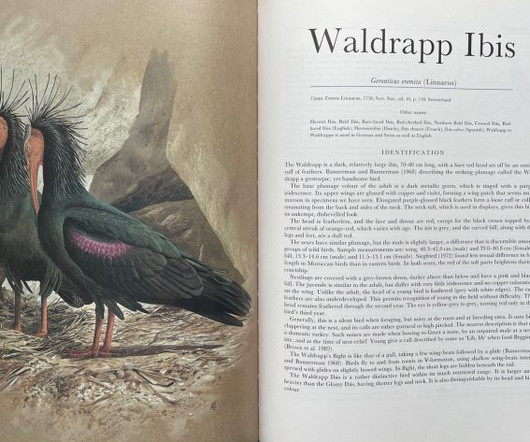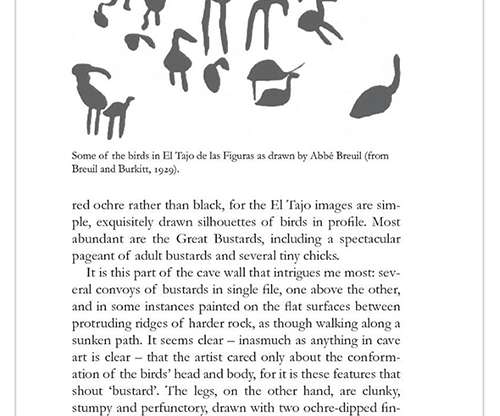The return of the Old Man
10,000 Birds
FEBRUARY 23, 2024
Storks, Ibises and Spoonbills of the World states that “disturbance by local people, tourists, and egg and zoo collectors has similarly reduced the colonies, and more protection is vital”. Shooting remains a major threat to this population, for the Italians are still passionately keen on hunting.
























Let's personalize your content